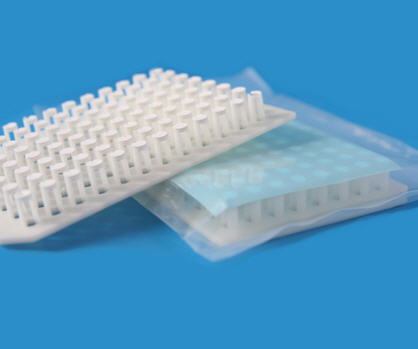What We Do
At Quanticision Diagnostics Inc., we are redefining precision oncology through two complementary innovations: a fingerprint-based clinical guidance system and a fast-track platform for developing fully quantitative companion diagnostics (CDx). Both are powered by our proprietary Quantitative Dot Blot (QDB) technology.
1. Personalized Clinical Guidance through Fingerprinting
Our core innovation uses absolutely quantitated protein biomarkers to create a unique “fingerprint” for each cancer case. These fingerprints are matched against a curated case database with full clinical histories—including treatment paths and survival outcomes—to identify Groups of Similarity (GS).
- Supports transparent, physician-led clinical decisions
- Grounded in biological measurements, not black-box AI
- Non-device Clinical Decision Support (CDS) compliant
- Scalable via licensed database access

2. Fast-Track Development of Fully Quantitative CDx
Using the same QDB platform, we rapidly develop robust, fully quantitative CDx assays—optimized for reproducibility and regulatory alignment. Unlike traditional IHC, our assays deliver absolute protein values in FFPE samples, making them ideal for clinical trials and therapeutic targeting.
- Quantitative, standardized, and reproducible
- CLIA-compatible and LDT deployable
- Ideal for pharma, CROs, and biomarker validation
- Accelerated timelines for CDx deployment
Why Quanticision?
Current precision medicine tools rely heavily on static subtyping and opaque statistical models. We take a different approach—one that uses direct, biological measurement and real-world clinical data to inform personalized, transparent, and actionable decision-making.